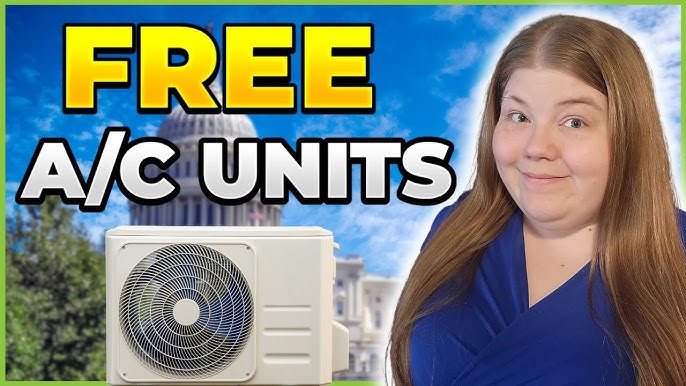As rising summer temperatures continue to grip the nation, several states across the US have launched programs to provide free air conditioning (AC) units to low-income households. The initiative is part of a broader effort to combat extreme heat, which has become one of the leading weather-related health risks in the country.
Tackling Heat Inequality
For many families, the cost of staying cool during scorching summers is a financial burden. While wealthier households can often manage electricity bills and purchase modern cooling systems, lower-income households are more vulnerable to heat waves. In some states, a lack of AC access has been linked to higher cases of heat strokes, dehydration, and other health complications, particularly among seniors and children.
Officials emphasize that ensuring access to cooling is no longer a matter of comfort but a matter of survival. Extreme heat has surpassed hurricanes and floods as the deadliest form of severe weather in the US.
Also Read
States Taking Action
States like New York, Illinois, and California have expanded their energy assistance programs and are now including free distribution of AC units as part of their annual summer preparedness efforts.
-
New York has rolled out its Cooling Assistance Benefit program, offering thousands of eligible households free, energy-efficient air conditioners. Families can apply through the state’s Home Energy Assistance Program (HEAP), which already provides aid for heating during winter.
-
Illinois has also directed funds from its Low-Income Home Energy Assistance Program (LIHEAP) to cover cooling assistance, ensuring households in areas like Chicago receive relief during heat emergencies.
-
California, often facing record-breaking heat waves and wildfires, is distributing AC units to vulnerable residents in southern and central regions, including Los Angeles County and the Central Valley, where outdoor temperatures regularly exceed 100°F in summer.
Who Qualifies for Free AC Units
Eligibility criteria vary from state to state but generally focus on households that meet federal poverty guidelines or are enrolled in existing income-based aid programs. Seniors above 60, individuals with medical conditions exacerbated by heat, and families with young children are often prioritized.
Typical requirements may include:
-
Proof of income eligibility (based on household size and income level)
-
Residency within a participating state or county
-
Lack of existing, functioning air conditioning units at home
Funding and Federal Support
Much of the funding for these programs comes from the federal Low-Income Home Energy Assistance Program (LIHEAP), which states can use for both heating and cooling support. In recent years, additional federal relief funds have been re-allocated to expand summer cooling aid due to the increasing frequency of dangerous heat waves.
Several governors have emphasized that this distribution of AC units is not just a one-time effort but part of a long-term policy shift toward climate resilience.
Community Response
Local communities have hailed the programs as life-saving. Nonprofit organizations and social service agencies are working alongside state programs to identify families in need. Some groups are also assisting with installation, ensuring residents can immediately benefit from the AC units once delivered.
For residents like 65-year-old Walter Harris of Queens, the free AC program makes a critical difference. “I was choosing between running a fan all day or paying my medicine bills. Now, at least, I don’t have to worry about the heat taking me out,” he said.
Growing Importance of Cooling Programs
As climate patterns shift, experts anticipate that more states may adopt similar initiatives. Cities with dense urban heat islands, such as New York City and Chicago, are at particular risk since buildings and concrete trap heat, driving up temperatures even after the sun goes down.
By investing in cooling programs, state authorities are not only protecting public health but also reducing strain on hospitals during heat emergencies. Emergency medical services report a surge in heat-related calls each year during peak summer months. AC access significantly lowers such risks.
Looking Ahead
Experts suggest that the movement towards free air conditioner distribution will continue expanding. Some states are exploring partnerships with energy providers to incorporate discounts on electricity bills, ensuring that once units are installed, families can afford to run them without financial strain.
Furthermore, there are discussions around pairing free AC units with future green energy incentives, such as solar-powered rooftop systems, to promote both affordability and sustainability.
FAQs
1. Which states are currently providing free AC units?
New York, Illinois, and California are leading the initiative, with other states like Texas and Arizona considering similar programs.
2. How can residents apply for the free AC programs?
Applications are usually processed through each state’s energy assistance program, such as HEAP or LIHEAP offices.
3. Can someone apply if they already own a fan or old AC unit?
Yes, but preference is given to households without any functioning air conditioning system.
4. Who gets priority for the free AC units?
Seniors, medically vulnerable individuals, and families with young children are prioritized.
5. Are these programs permanent or temporary?
They are seasonal programs but expected to expand and continue due to increasing heat wave risks.












